I can choose a color scheme to create an artwork.
STEP 1: Select a song inspiration
JAZZ 1 JAZZ 2 R&B 1
HIP HOP/RAP BEAT1 HIP HOP/RAP 2 HIP HOP/RAP 3
CLASSICAL1 CLASSICAL 2 CLASSICAL 3
TRADITIONAL CHINESE
TRADITIONAL AFRICAN
JAZZ 1 JAZZ 2 R&B 1
HIP HOP/RAP BEAT1 HIP HOP/RAP 2 HIP HOP/RAP 3
CLASSICAL1 CLASSICAL 2 CLASSICAL 3
TRADITIONAL CHINESE
TRADITIONAL AFRICAN
Musicals 1 Musicals 2 Musicals 3 Newsies Jr
COUNTRY 1 COUNTRY 2 COUNTRY 3
POP COVER 1 POP COVER 2 POP COVER 3 POP COVER 4
COUNTRY 1 COUNTRY 2 COUNTRY 3
POP COVER 1 POP COVER 2 POP COVER 3 POP COVER 4
STEP 2: Sketch an abstract, non-objective or realistic design.
I can discuss the characteristics of abstract and non-objective art.
Abstract art is when an artist creates with shape, colors, lines, and forms to communicate rather than visual reality.
- Non-Objective Art- Art that is not representational, containing NO recognizable figures or objects. The elements of art (lines, shape color, etc.) are the main subject. In other words, you don’t look at it & see a person or a dog or a flower.
- Abstract Art- In abstract art the artist takes recognizable objects or figures and changes them so they no longer looks realistic. The artist may leave out details, shift the point of view, exaggerate size, simplify or otherwise distort the image.
Learning Goal: I can use lines to show movement in an artwork.
Movement Lines and Optical Illusion Techniques
Learning Goal: I can choose color schemes to create an artwork.
I can follow procedures to create a clay sculpture.
What is a Castle?
Why are Castles so important?
What do most all Castles have in common?
What are Castles used primarily for today?
 |
| Turret- Used as a lookout |
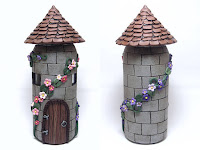


CASTLE INSPIRATION
Use at least 2 of the following architectural resources in your design
Learning Goal: I can identify how an artist's culture influences their art.
Answer these questions while you are brainstorming and sketching your design.
1) What is the purpose of your mask? Ex. a character in a story, to show an emotion, to celebrate something
2) Is your animal based on an animal? If so, which one?
3) Is your mask symmetrical? Traditionally, African masks have bilateral symmetry.
4) Will you be adding additional materials to your mask? Ex. beads, rafia, feathers
_______________________________________________________________________________________________________________________________________________________________________
I can use lines to show movement in an artwork.
I can discuss the characteristics of abstract and non-objective art.
Select a letter to focus on from the STEAM model of learning.
Click the links below to help search inspiration.
Science Click Me
Technology Click Here
Engineering Mechanical Electrical Civil
Arts Visual Arts Music
Learning Goal: I can use one-point perspective to create an artwork.
Option 2
.
Color Schemes
Learning Goal: I can choose color schemes to create an artwork.
How to screen shot on a dell: Windows logo key + shift + s
How to screen shot on a mac: Command + shift + 4
ABSTRACT EXPRESSIONISM
What is the difference between non-objective and abstract art?
STEP 1: Select a song inspiration
JAZZ 1 JAZZ 2 JAZZ 3
HIP HOP/RAP BEAT1 HIP HOP/RAP BEAT 2 HIP HOP/RAP BEAT3
CLASSICAL1 CLASSICAL 2 CLASSICAL 3
TRADITIONAL CHINESE
Traditional Japanese
Traditional India
Traditional Mexico
Traditional Africa
Native American
Rock 1 ROCK 2 ROCK 3
COUNTRY 1 COUNTRY 2 COUNTRY 3
POP COVER 1 POP COVER 2 POP COVER 3 POP COVER 4
TECHNO 1 TECHNO 2 TECHNO 3
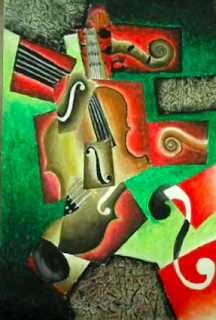

STEP 2: Create Background
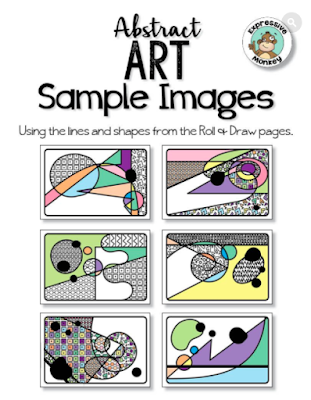
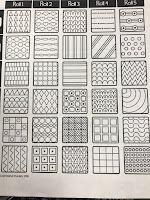
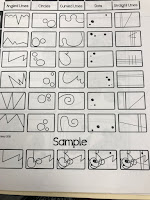
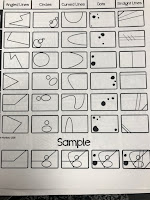
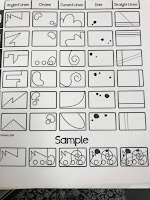
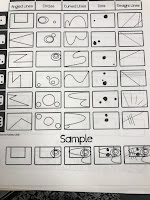
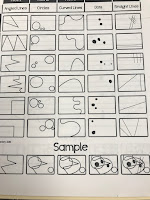
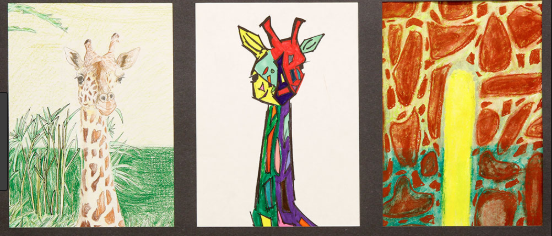
What is the difference between non-objective and abstract art?
- Non-Objective Art- Art that is not representational, containing NO recognizable figures or objects. The elements of art (lines, shape color, etc.) are the main subject. In other words, you don’t look at it & see a person or a dog or a flower.
- Abstract Art- In abstract art the artist takes recognizable objects or figures and changes them so they no longer looks realistic. The artist may leave out details, shift the point of view, exaggerate size, simplify or otherwise distort the image
STEP 1: Select a song inspiration
JAZZ 1 JAZZ 2 JAZZ 3
HIP HOP/RAP BEAT1 HIP HOP/RAP BEAT 2 HIP HOP/RAP BEAT3
CLASSICAL1 CLASSICAL 2 CLASSICAL 3
TRADITIONAL CHINESE
Traditional Japanese
Traditional India
Traditional Mexico
Traditional Africa
Native American
Rock 1 ROCK 2 ROCK 3
COUNTRY 1 COUNTRY 2 COUNTRY 3
POP COVER 1 POP COVER 2 POP COVER 3 POP COVER 4
TECHNO 1 TECHNO 2 TECHNO 3


STEP 2: Create Background








Leonardo Da Vinci Anatomical Drawings
Leonardo Da Vinci combined science and art in a number of his works and studies. This combination of science and art is very evident in the depiction of animals in his works. Leonardo studied both the anatomy and physiology of animals in order to render them with scientific precision. This included dissections of numerous animals and studies on their movements in nature. He also believed strongly in the connection between animals and humans based on his studies. He once wrote, "The arms of men are like monkeys and the legs of men are like horses."
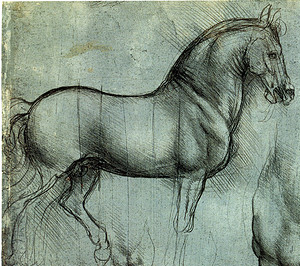
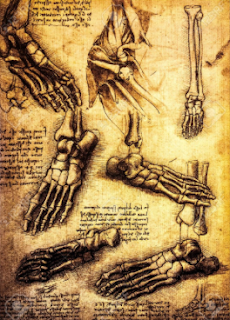 Leonardo Da Vinci was commissioned to build a 24ft high sculpture of a horse. He spent almost a decade drawing horses and studied their anatomy before he felt prepared for the job.
Leonardo Da Vinci was commissioned to build a 24ft high sculpture of a horse. He spent almost a decade drawing horses and studied their anatomy before he felt prepared for the job.
Select a letter to focus on from the STEAM model of learning.
Click the links below to help search inspiration.
Science Click Me
Technology Click Here
Engineering Mechanical Electrical Civil
Arts Visual Arts Music

FAQ
What materials am I allowed to use on my tile?
(almost) ANYTHING!
acrylic paint, watercolor paint, tissue paper, fabric, glue, objects from home, recycled material...

Element of Art: Form
I can create a utilitarian piece of art.
I Can use accurate art vocabulary when looking at art.

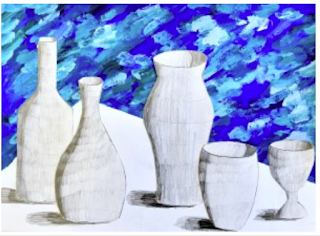

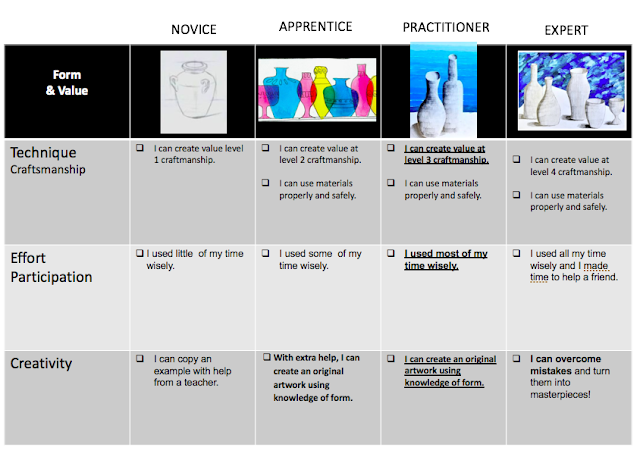
CLICK HERE To Learn about
flag design & symbolism
World Flags Interesting Facts
Colors & their meaning
FLAG DESIGNER
One-Point Perspective
One-point perspective uses the element of art SPACE to create an illusion of depth or distance in a 2D artwork.
DAY 1:
Architects
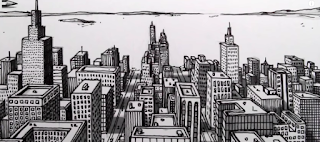
 Enginneering Design
Enginneering Design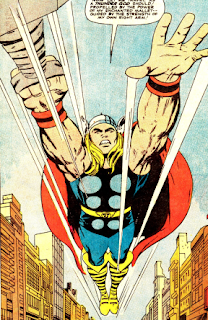
Illustrators
Graphic Design

Interior Design

WHERE IS THE VANISHING POINT IN THIS ARTWORK?
I CAN DISCUSS THE CHARACTERISTICS OF ABSTRACT AND NON-OBJECTIVE ART.
`
________________________________________
Leonardo Da Vinci Anatomical Drawings
Leonardo Da Vinci combined science and art in a number of his works and studies. This combination of science and art is very evident in the depiction of animals in his works. Leonardo studied both the anatomy and physiology of animals in order to render them with scientific precision. This included dissections of numerous animals and studies on their movements in nature. He also believed strongly in the connection between animals and humans based on his studies. He once wrote, "The arms of men are like monkeys and the legs of men are like horses."

 Leonardo Da Vinci was commissioned to build a 24ft high sculpture of a horse. He spent almost a decade drawing horses and studied their anatomy before he felt prepared for the job.
Leonardo Da Vinci was commissioned to build a 24ft high sculpture of a horse. He spent almost a decade drawing horses and studied their anatomy before he felt prepared for the job.
Learning About
COLOR SCHEMES
with Stained Glass
Artists from Egypt and Rome have been creating colored glass since ancient times. The popularity of stained glass rose as new churches and cathedrals were built across Europe. Artists such as Henri Matisse began creating abstract stained glass window designs in the 1900s.
Inspiration
of your color scheme
KAHOOT CHALLENGE: 0689865
DOT PAINTING LESSON
Pointillism (/ˈpɔɪntɪlɪzəm/) is a technique of painting in which small, distinct dots of color are applied in patterns to form an image. Georges Seurat and Paul Signac developed the technique in 1886.
PRACTICE
Landscape
Organic
Geometric
TRADITIONAL ABORIGINAL DOT PAINTING
Australian cultural heritage that is passed on for thousands of years by indigenous people. This art represents beauty and the balance of nature. Rather than expression themselves, Native Australians focused primarily on the world around them & it's spiritual significance. Artists depicted the relationship with nature with the spiritual world. You can find many of these designs on found objects, weapons, and functional ware.
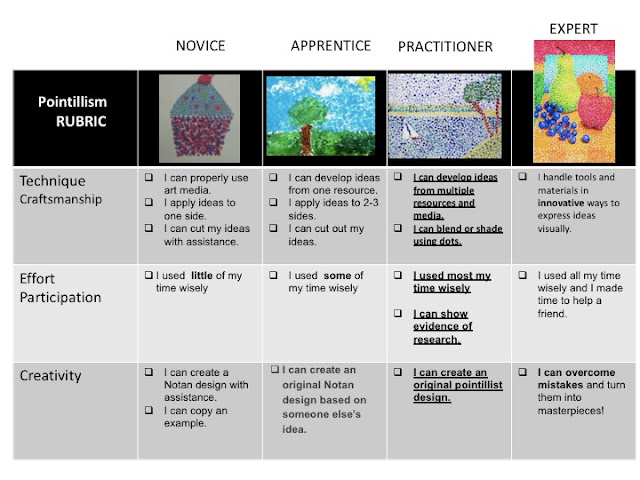
PADLET
________________________________________________________________________________
TYPOGRAPHY/HANDWRITING LESSON
6 Simple Steps to a Successful Typography Portrait
2) Edit your photo on the iPad (optional)
3) Airdrop photo to your computer
4) Edit in FOTOR or LUNAPIC (optional)
5) Fill out adjectives (descriptive words) for you and your classmates: It is required that you write at least one adjective for each member of your art home group.
Click Here for More Hand Lettering Fonts
STEP 4: Include
-Subject Matter
STUDENT EXAMPLES
______2017-2018 School Year___________
Artsonia Upload ARTsonia
ABSTRACT EXPRESSIONISM
What is the difference between non-objective and abstract art?
STEP 1: Select a song inspiration
JAZZ 1 JAZZ 2 JAZZ 3
HIP HOP/RAP BEAT 1 HIP HOP/Rap Beat 2 HIP HOP/Rap Beat 3
CLASSICAL 1 CLASSICAL 2 CLASSICAL 3
TRADITIONAL CHINESE TRADITIONAL JAPANESE TRADITIONAL INDIAN TRADITIONAL MEXICAN TRADITIONAL AFRICAN TRADITIONAL NATIVE AMERICAN
ROCK 1 ROCK 2 ROCK 3
COUNTRY 1 COUNTRY 2 COUNTRY 3
POP COVER 1 POP COVER 2 POP COVER 3 POP COVER 4
TECHNO 1 TECHNO 2 TECHNO 3


STEP 2: Include
-Subject Matter
-Color Scheme
- Line Characteristics
STEP 3: Create Background & Focal Point







STEP 4: Add Color
pastel, watercolor pencil, etc.
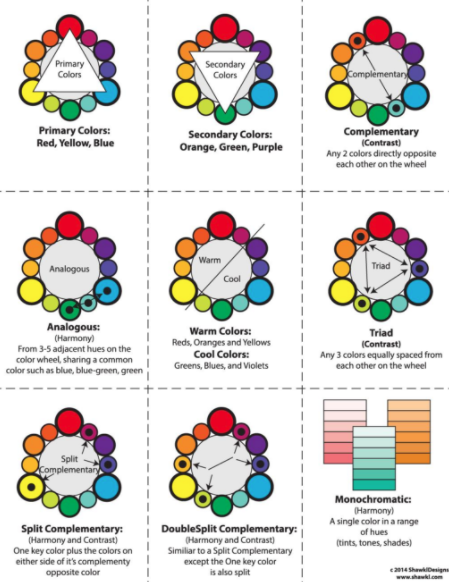
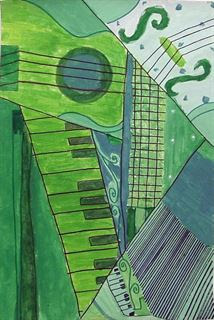
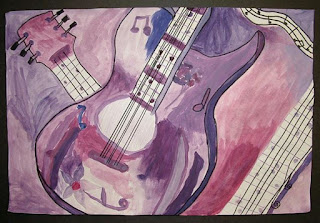
One-Point Perspective
One-point perspective uses the element of art SPACE to create an illusion of depth or distance in a 2D artwork.

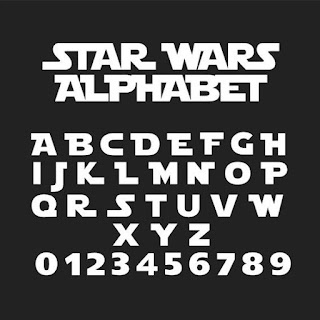
One-point perspective is just one of MANY techniques that allow artists to imitate MOVEMENT in an artwork.
Lines Showing Movement
Mind-Blowing Optical Illusions!
Check out these anamorphic illusions: Anamorphic Illusion Artist
***Choose your favorite optical illusion from the links below.
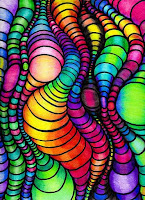

The process of animation is long and complex. A typical Pixar animation takes four to five years to complete. Pixar's filmmaking process is a design process all centered around storytelling.
Click Here to explore PIXAR ANIMATION STUDIO
Types of Animation
Traditional
2D
Computer
Motion Graphics
Stop Motion
CLICK HEREto learn how to transform your character sketch to a 3D illusion.
CLICK HERE For Horizontal
Earth Clay
1) Watch the timelapse of the Balloon Festival in Alburquerque. Plan how you will paint the background of your artwork. Paint using crayon wax resist and tempera cake paints.
Georgia O'Keeffe was born in 1887.
She knew as a child that she would pursue art for the rest of her life.
O'Keeffe graduated from the Art Institute of Chicago.
She later married a famous photographer.
Her work was mostly inspired by the world around her. Many of her paintings had natural subject. Best known for her canvases depicting flowers, skyscrapers, animal skulls and southeastern landscapes.
LANDSCAPE- a picture that shows a natural scene of land or the countryside
Light Source- Natural
Where is the light source in your landscape?
What happens when there is no light?
Will the shade be the same when you change the position of the light?
Click on Me to Explore Important Information About Constellations
-Subject Matter
STUDENT EXAMPLES
______2017-2018 School Year___________
Artsonia Upload ARTsonia
ABSTRACT EXPRESSIONISM
What is the difference between non-objective and abstract art?
- Non-Objective Art- Art that is not representational, containing NO recognizable figures or objects. The elements of art (lines, shape color, etc.) are the main subject. In other words, you don’t look at it & see a person or a dog or a flower.
- Abstract Art- In abstract art the artist takes recognizable objects or figures and changes them so they no longer looks realistic. The artist may leave out details, shift the point of view, exaggerate size, simplify or otherwise distort the image.
- Cubism was a 20th century art movement that revolutionized European painting and sculpture, and inspired related movements in music and literature. Cubism was developed originally in France by Pablo Picasso and Georges Braque around 1906. Cubist artist represented forms into the essential geometric shapes: the cube, the sphere, the cylinder, and the cone.
STEP 1: Select a song inspiration
JAZZ 1 JAZZ 2 JAZZ 3
HIP HOP/RAP BEAT 1 HIP HOP/Rap Beat 2 HIP HOP/Rap Beat 3
CLASSICAL 1 CLASSICAL 2 CLASSICAL 3
TRADITIONAL CHINESE TRADITIONAL JAPANESE TRADITIONAL INDIAN TRADITIONAL MEXICAN TRADITIONAL AFRICAN TRADITIONAL NATIVE AMERICAN
ROCK 1 ROCK 2 ROCK 3
COUNTRY 1 COUNTRY 2 COUNTRY 3
POP COVER 1 POP COVER 2 POP COVER 3 POP COVER 4
TECHNO 1 TECHNO 2 TECHNO 3


STEP 2: Include
-Subject Matter
-Color Scheme
- Line Characteristics
STEP 3: Create Background & Focal Point







STEP 4: Add Color
pastel, watercolor pencil, etc.



One-Point Perspective
One-point perspective uses the element of art SPACE to create an illusion of depth or distance in a 2D artwork.


One-point perspective is just one of MANY techniques that allow artists to imitate MOVEMENT in an artwork.
Lines Showing Movement
Mind-Blowing Optical Illusions!
Check out these anamorphic illusions: Anamorphic Illusion Artist
***Choose your favorite optical illusion from the links below.


The process of animation is long and complex. A typical Pixar animation takes four to five years to complete. Pixar's filmmaking process is a design process all centered around storytelling.
Click Here to explore PIXAR ANIMATION STUDIO
Types of Animation
Traditional
2D
Computer
Motion Graphics
Stop Motion
CLICK HEREto learn how to transform your character sketch to a 3D illusion.
CLICK HERE For Horizontal
Polymer Clay
Famous Landmarks Around the World
1) Watch the timelapse of the Balloon Festival in Alburquerque. Plan how you will paint the background of your artwork. Paint using crayon wax resist and tempera cake paints.
2) Watch the video and research at least 3 of the 10 most famous landmarks in the world by clicking on the links below. Choose 1 landmark to be the focus of your artwork. Use the link in your landmark's document below to find a picture that you would like to print. Print to the art printer.
Or, if you can't find a picture of your landmark that you like, DRAW YOUR OWN PICTURE!
3) Add details to your artwork that create an illusion of space and depth. An easy way to do this is by adding something to the foreground, middle ground, and background of your artwork.
Drawing hot air balloons is just an idea. Make it your own, and draw something that is interesting to you! Remember things that are in the foreground of your art (closest to you) will appear larger. While things in the background will be much smaller because they are far away.
Practitioner Level Expert Level
4) When you have all of the pieces to your artwork drawn, colored, and cut out, then arrange it on your background. When you are happy with your art, glue it all down.
Legacy Project
Select a letter to focus on from the STEAM model of learning.
Click the links below to help search inspiration.
Science Click Me
Technology Click Me
Engineering Click Me
Arts Visual Art Music
Math Click Me
Georgia O'Keeffe was born in 1887.
She knew as a child that she would pursue art for the rest of her life.
O'Keeffe graduated from the Art Institute of Chicago.
She later married a famous photographer.
Her work was mostly inspired by the world around her. Many of her paintings had natural subject. Best known for her canvases depicting flowers, skyscrapers, animal skulls and southeastern landscapes.
STAN WINSTON
Best known for his use of animatronic creatures
He studied painting and sculpture at the University of Virginia in Charlottesville and graduated in 1968. He moved to Hollywood in 1968. At first he wanted to be an actor, but no jobs came his way and the following year he became an apprentice in the Makeup Department at Walt Disney Studios. He has become known primarily as a "creature creator." His first such assignment was for the TV movie Gargoyles (1972). He has created creatures & designed costumes for tons of movies!
LANDSCAPE- a picture that shows a natural scene of land or the countryside
STEP 1: Choose a place you dream of traveling.
STEP 2: Save image and edit to B/W for simplification.
STEP 3: Sketch or simplify your idea with pencil on paper.
Light Source- Natural
Where is the light source in your landscape?
What happens when there is no light?
Will the shade be the same when you change the position of the light?
Learn how to mix tints (a color + white) and shades (a color + black) then used this skill to create an atmospheric landscape with tempera on paper.

STEP 1: Choose a place you dream of traveling.
STEP 2: Save image and edit to B/W for simplification.
STEP 3: Sketch or simplify your idea with pencil on paper.
STEP 4: Paint!
Click on Me to Explore Important Information About Constellations
 |
| Tucan |
 |
| Leopard |
 |
| Lion |
 |
| Crane |
 |
| Dog |
 |
| Bear |
 |
| Wolf |
 |
| Dolphin |
 |
| Whale |
 |
| Whale |
 |
| Cow/Bull |
 |
| Scorpion |
 |
| Rabbit |
 |
| Giraffe |
 |
| Crab |
 |
| Snake |
 |
| Horse/Pegasus |
 |
| Dragon |
 |
| Goldfish |
 |
| Peacock |
Typography: the art or process of printing with type.

________________________________________________________________________________
School Year 2015-2016 Below
Legacy Project
Select a letter to focus on from the STEAM model of learning.
Click the links below to help search inspiration.
Science Click Me
Technology Click Me
Engineering Click Me
Arts Visual Art Music
Math Click Me
Surrealism
"Stretch your mind to the many possibilities."
"Everything you can imagine is real"
Notan is Japanese, meaning the relationship between light and dark.
Essential Understanding:

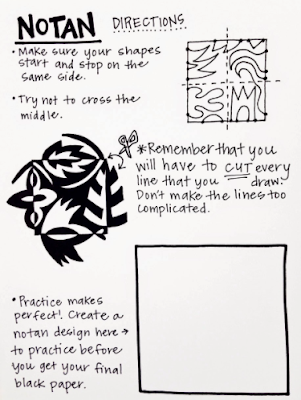
Read all about Leonardo's Inventions
Leonardo's Mystery Machine Game
Biography Leonardo Da Vinci
BILL NYE: ENERGY





















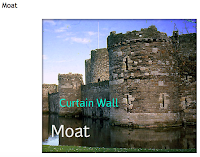




















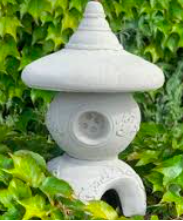
































































































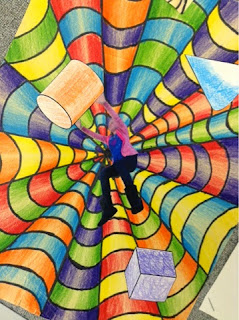



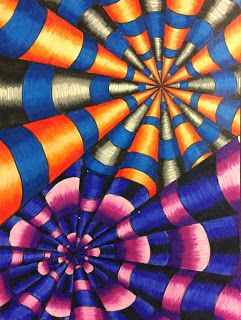



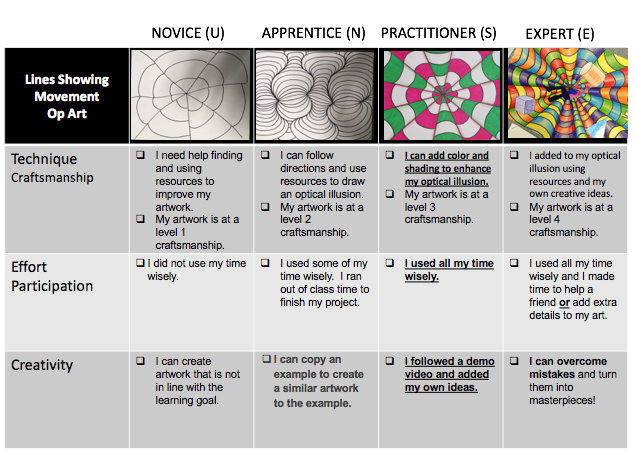










































No comments:
Post a Comment